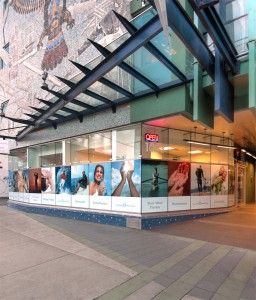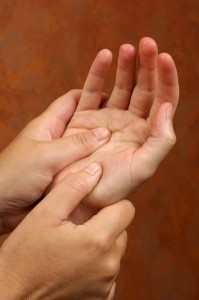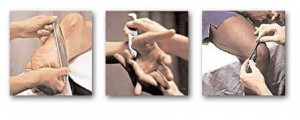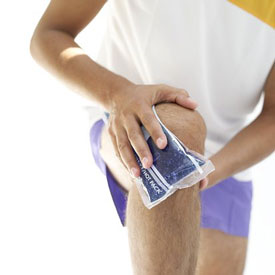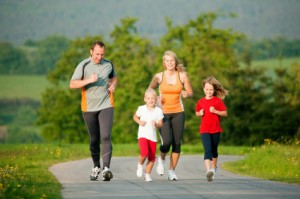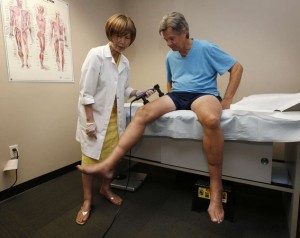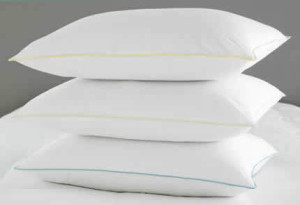The technique is called eToims, which stands for electrical twitch-obtaining intramuscular stimulation (the T is capitalized because the “twitch” is the heart of the method). It is the brainchild of Jennifer Chu, a retired University of Pennsylvania physical medicine and rehabilitation specialist and former director of the electro-diagnostic lab. She is now an emeritus associate professor in physical medicine and rehabilitation at Penn.
During her 31 years at Penn, Chu, 66, a physician as well as a professor, was always seeking ways to improve the diagnosis and care of patients suffering from neuromuscular pain. When she gave electromyography or EMG diagnostic tests, some patients experienced pain relief when she inadvertently hit acupuncture meridian points. So Chu studied and became licensed in acupuncture, but eventually became frustrated by hit-or-miss results that couldn’t be explained scientifically.
In 1990, Chu learned from a Canadian pain specialist that she could obtain superior results by aiming needles at tender muscles rather than acupuncture meridian points. She began using thicker EMG needles to probe those tender spots, and when manipulation of the needles caused her to develop repetitive stress injury, she invented, in 1995, a gun with an oscillating needle that made the method more efficient.
With the gun, which penetrates muscle with a needle three times in two seconds, she noticed that when she hit the right spot, the muscle twitched, and twitching led to pain relief. The problem with this mechanical technique was that it was uncomfortable, and achieving pain relief required plenty of luck as well as extensive knowledge of anatomy.
Chu kept experimenting. “To treat neuromuscular pain with mechanical stimulation is not sufficient,” she realized. “You need electrical stimulation because that’s how the nervous system works.”
Twitch or trigger points are at nerve and muscle meeting points. The “points” are “a zone of neuromuscular junctions called motor endplates,” Chu says, “and one has to find the spot within the zone that will twitch the best.”
Chu realized that surface electrical current could also be used to stimulate nerve-muscle junctions. But the conventional nerve-stimulation probe, whose electrodes are only 1 1/4 inches apart, deliver an electrical current that is too focused and often painful.
More experimentation led to the invention of the eToims stimulator and probe. Its electrodes are six inches apart, and the broad tips, two inches in diameter, are covered with a special fabric that absorbs water for conductivity. The treatment is noninvasive and painless, Chu says, and can provide pain relief for a broad range of ailments, from aching necks and tension headaches to tennis elbows and herniated discs.
The stimulation technology is patented, and Chu has published two papers about it in peer-reviewed journals. It differs from other electrical-stimulation methods such as TENS, which reaches only shallow muscles and blocks signals to the brain, Chu says; eToims can target individual muscles or groups of muscles, deep or shallow, with adjustable electrical current, from one to five seconds, facilitating regeneration of injured nerves and muscles, Chu says, by contracting, elongating, and opening the muscles.
Stanley Schwartz, 67, an emeritus Penn associate professor of medicine, sought eToims treatment after a red-eye flight last year that caused much neck, shoulder, and high back pain. After about 20 treatments, he experienced improvement, both immediately and over time. He suggests the electrical stimulation may “release endorphins in the nerve roots or spinal fluid.” Schwartz, who has a private practice in Ardmore, recommends eToims to his diabetes patients as well as to patients who complain of musculoskeletal pain.
The other day, I watched as Chu treated Hill, 62, a former Episcopal Academy biology teacher and wrestling coach who now runs an adventure travel business. As he lay on a therapy table, she applied the probe to his quadriceps muscles, and later to his gluteal muscles and hamstrings. When she moved the probe over certain spots, his muscles began twitching and contracting like a freshly caught mackerel jumping and flipping on the bottom of a rowboat.
“Nirvana” is how Hill described the feeling, “phenomenally pleasurable.”
Hill’s back problem, Chu said, stems from major muscles in the region that are tight, knotted, spasmodic, and hence ischemic – lacking blood flow. As a result, they are “asleep” and “frozen,” forcing Hill’s lower back to compensate when he walks and moves.
After more than a dozen sessions with Chu at her Ardmore treatment center, he has more flexibility and can walk more comfortably, he says.
“Back pain doesn’t have to be a part of aging,” Hill says. “It’s a work in progress, but in measurable ways that it hasn’t been before.”
For more information on eToims, please call Dr. Krisjan Gustavson at 250-382-0018.
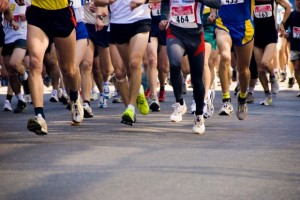 With so many approaches to running and fitness, you want to be sure that you find just the right group: whether that’s 5K, running a 6 minute mile or training for a marathon. Running groups usually ask for a nominal annual fee which covers the cost of weekly coaching. Here are some ideas to get you started on finding a running group that’s right for you.
With so many approaches to running and fitness, you want to be sure that you find just the right group: whether that’s 5K, running a 6 minute mile or training for a marathon. Running groups usually ask for a nominal annual fee which covers the cost of weekly coaching. Here are some ideas to get you started on finding a running group that’s right for you.
